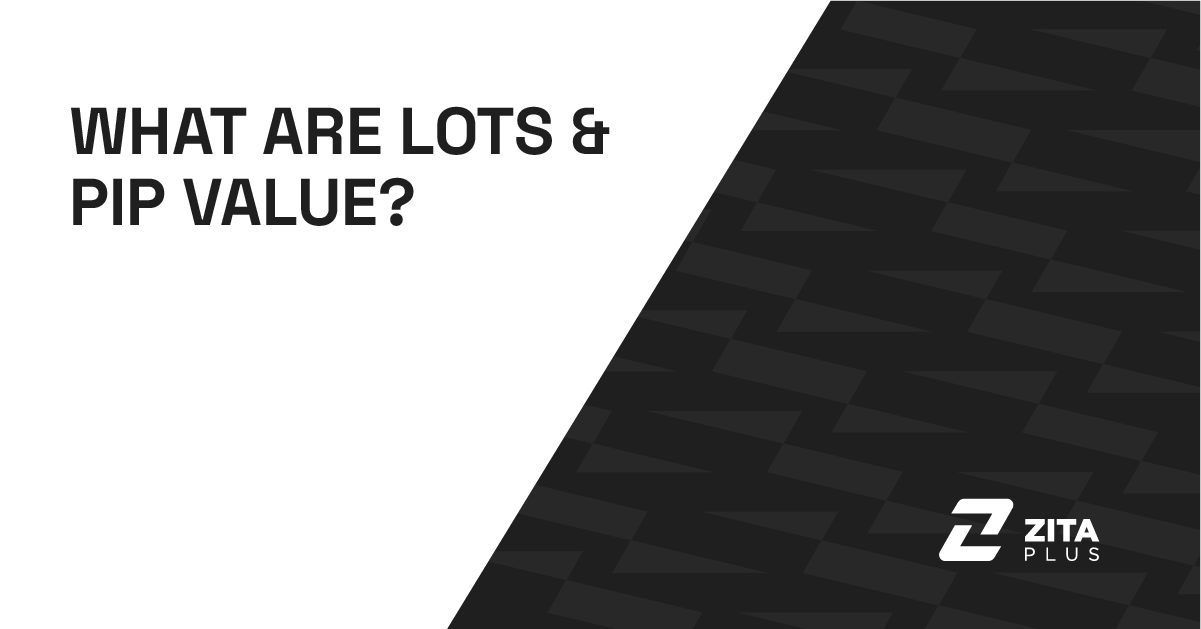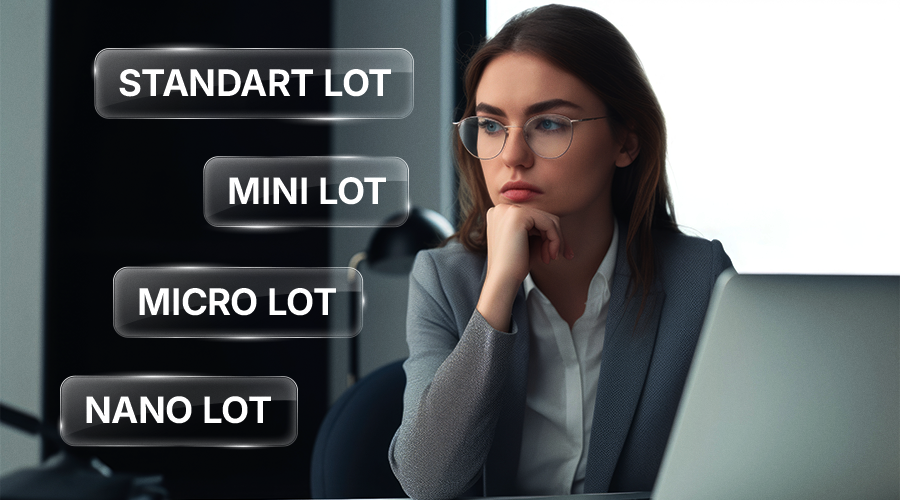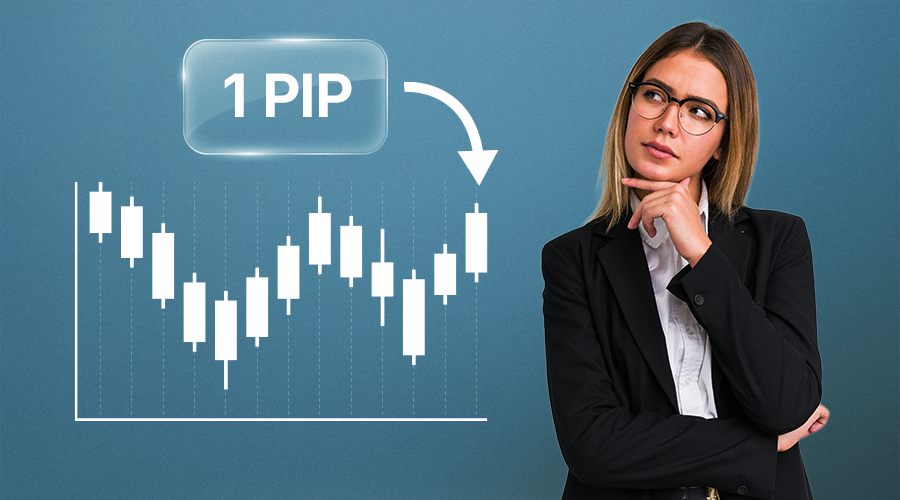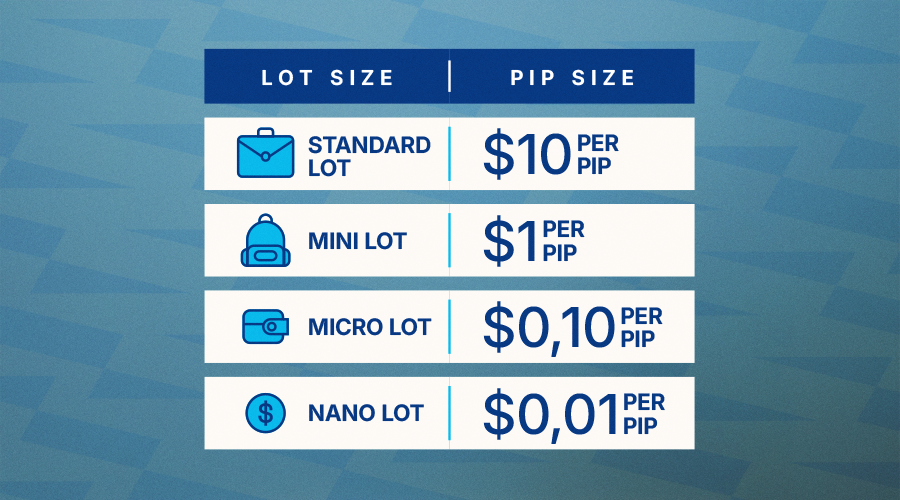
These are two of the most important concepts you need to understand before placing a single trade.
Why? Because lot size determines how big your position is, and pip value tells you how much money you gain or lose when the price moves. Together, they form the core of how risk, reward, and capital are managed in the forex market.
Getting a solid grasp of these basics can be the difference between controlled, consistent trading and random risk-taking.
In forex trading, a lot is the standard unit used to measure the size of a trade. Instead of buying 1 euro or 10 yen, traders buy or sell in lots, which represent a fixed number of currency units.
Here’s a quick breakdown:
Lot size is directly tied to risk management, leverage, and margin. The larger the lot, the more capital you’re putting at stake, and the more important it becomes to understand exactly what you’re risking with each trade.

Not all traders use the same lot size, and that’s the point. Brokers offer different lot types so traders can manage their positions according to their capital, risk tolerance, and strategy.
Here’s how each one works:
This is the default size in many trading platforms, but it comes with significant risk for underfunded accounts.
Mini lots offer more flexibility and lower exposure than standard lots while still allowing for meaningful profit or loss.
Micro lots are great for learning how to manage real money without taking large risks.
Nano lots are perfect for experimenting with live market conditions using very small amounts of capital.
A pip stands for “percentage in point” and is the smallest price movement most currency pairs can make.
For most forex pairs, 1 pip equals 0.0001. So, if EUR/USD moves from 1.1050 to 1.1051, that’s a one-pip change. For yen pairs like USD/JPY, 1 pip equals 0.01.
Pips are used to measure price movement, profit or loss, spread and trading costs.
Some brokers also show fractional pips, called pipettes, which add a fifth decimal place (e.g. 0.00001) for more precise pricing.

Pip value tells you how much money you gain or lose for each pip the market moves, based on your lot size and the currency pair you’re trading.
Basic Formula:
Pip Value = (1 pip ÷ Exchange Rate) × Lot Size
But for most USD-based accounts, here's a shortcut:
Note: Actual pip value may vary slightly depending on the currency pair and your account’s base currency.
Quick Example (EUR/USD):
You open a trade with 1 mini lot (10,000 units).
If the price moves 10 pips in your favor, your profit = 10 pips × $1 = $10
Knowing how to calculate pip value helps you size your trades correctly and keep your risk under control, especially when using leverage.

When you increase your lot size, the pip value grows, which means even small price movements can lead to larger gains or losses. That’s why trade size plays such a critical role in risk management.
You should keep in mind that;
Let’s say you trade 1 standard lot and the market moves 50 pips against you; that’s a $500 loss. If you were using a micro lot, the same move would only cost you $5.
This is why new and risk-conscious traders often start with micro or nano lots. It gives you control, helps manage risk, and lets you build experience without heavy exposure.
Lot size and pip value may seem like small details, but they’re the foundation of every trade you place. Without understanding them, you're essentially trading blind and exposing yourself to risks you may not even realize.
Knowing how much you are risking, how much each pip is worth, and how to size your positions properly gives you control. It helps you avoid emotional decisions, stay consistent, and trade within your means. Being clear on these core concepts is what allows you to grow, not just your account, but your confidence as a trader.
Would like to learn how to look financial markets from a different angle? Then keep reading and invest yourself with ZitaPlus.